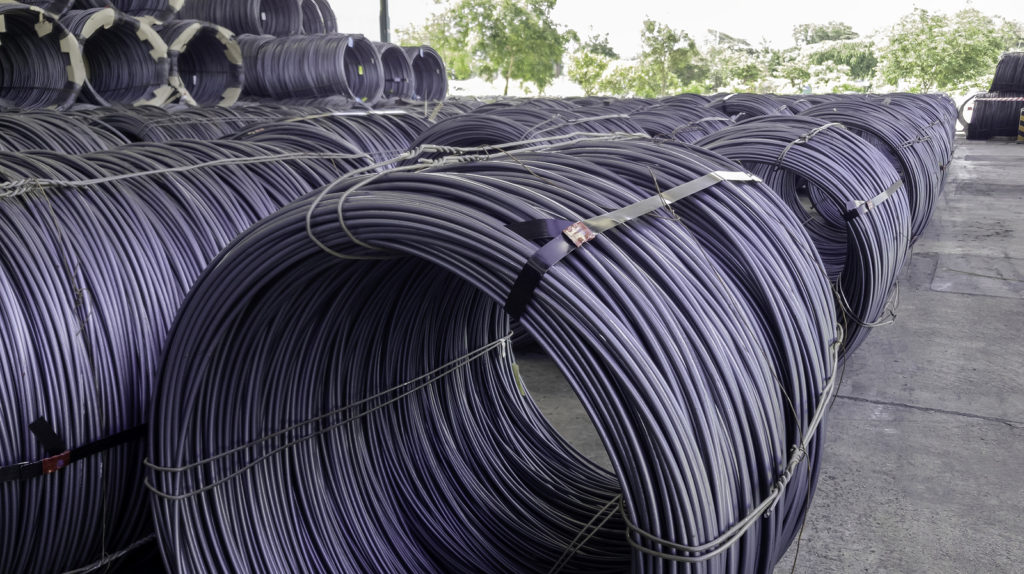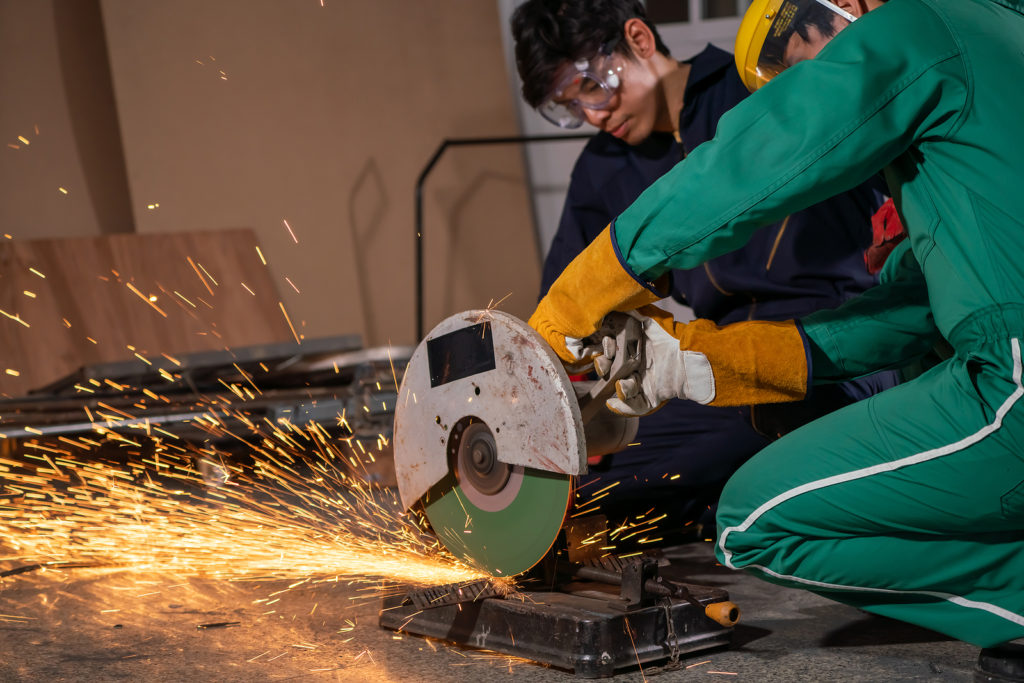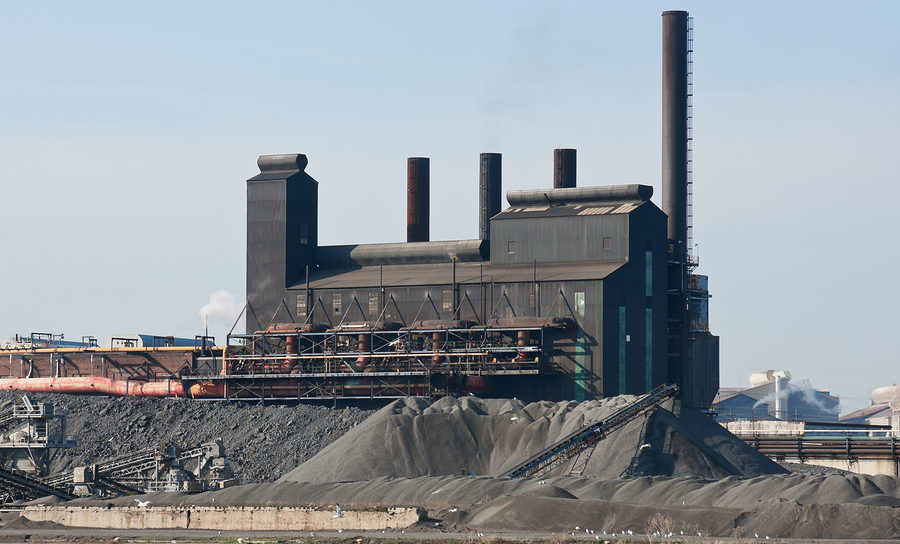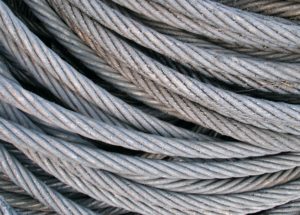Steel is an alloy of iron and carbon, and sometimes other elements. Iron is the base metal of steel. Steel also contains varying amounts of other elements, such as manganese, sulfur, phosphorus, and silicon. These impurities alter the steel’s properties, which is why there are many types of steel with different strengths and applications. The amount of carbon in steel affects its hardness, strength, and durability. Because of its high tensile strength and low cost, it is a major component used in buildings, infrastructure, tools, ships, automobiles, machines, appliances, and weapons.
In this blog, we will explore some fundamental facts about the different kinds of steel, including varying grades, classifications, and more.
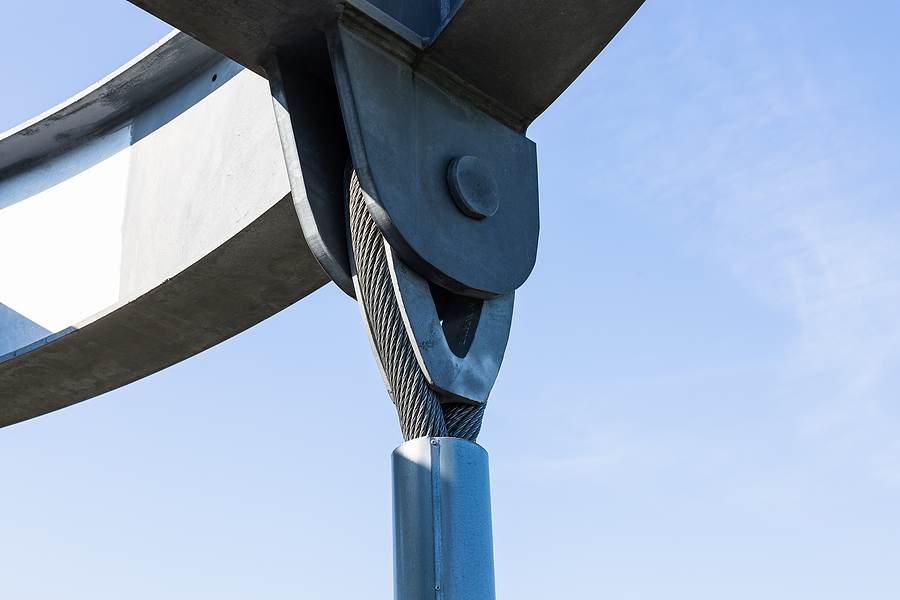
Soft Steel Versus Hard Steel
Different types of steel are produced according to the properties required for their application. The strength of steel can be increased by adding alloys such as manganese, chromium, vanadium, and molybdenum. Steel with a low carbon content is known as soft steel, while higher-carbon steels are referred to as hard steels. The hardness of a steel is usually increased by heat treatment, which involves heating the steel to a high temperature and then cooling it rapidly. This process increases the steel’s strength and hardness, but it can also make the steel more brittle.
Most Prominent Grades of Steel
There are many different grades and types of steel, each with its own properties and applications. The most common steels are low-carbon steel, high-carbon steel, tool steel, alloy steel, spring steel and stainless steel.
Low-carbon steels are the most widely used type of steel. They have a carbon content of less than 0.25% and are very ductile. They are used for making auto parts, machine parts, pipes, railway tracks etc.
High-carbon steels have a carbon content of 0.55-1.0%. They are very strong and hard, but also brittle. They are used for making knives, cutting tools, springs etc.
Tool steels are high-carbon steels that contain one or more alloying elements (manganese, chromium, vanadium, or tungsten) in addition to carbon. They are very hard and tough, and are used for making cutting tools, drill bits etc.
Alloy steels are steels that contain one or more alloying elements (manganese, silicon, nickel, titanium etc.) in addition to carbon. They have different properties from carbon steels, and are used for making auto parts, machine parts, pipes etc.
Spring steels are low-carbon or medium-carbon steels that are used for making springs. They have a high carbon content (0.5-1.0%) and are very strong and tough.
Stainless steels are alloys of iron, chromium, and sometimes other elements (nickel, molybdenum, titanium etc.), that resist corrosion and oxidation. The chromium content of stainless steel ranges from 10% to 30%. Stainless steels are used for making kitchen utensils, surgical instruments, food processing equipment etc.
The recycling of steel is one of the most efficient and effective ways to reduce environmental pollution and conserve energy. Contact Zore’s Recycling division at 317-244-0700 to get paid cash on the spot for scrap metal recycling services in Indianapolis, Indiana.
Related Posts:
FAQS About the Grades of Carbon Steel
Fundamental Guide to Cleaning Stainless Steel
The Top 4 Applications for Medium Carbon Steel

